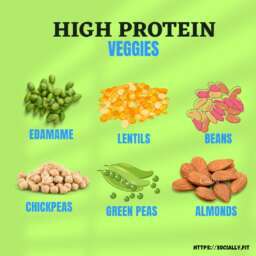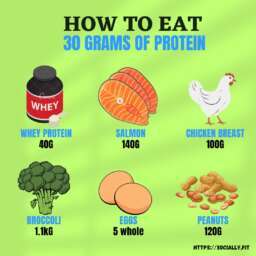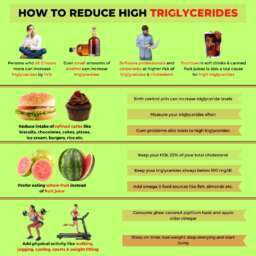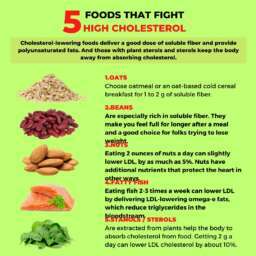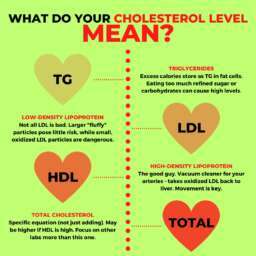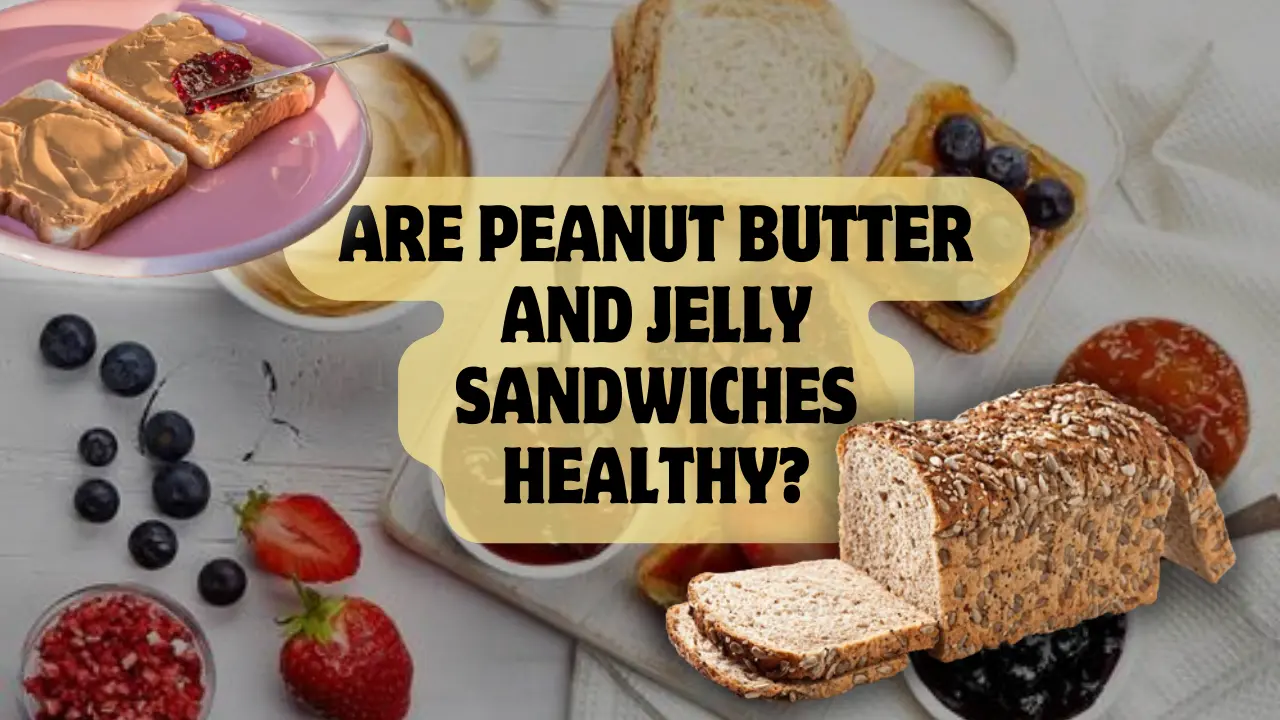Are Peanut Butter and Jelly Sandwiches Healthy? Peanut butter and jelly sandwiches, commonly known as PB&J, have long been a favorite among both children and adults. These sandwiches, made with peanut butter and jelly or jam spread between two slices of bread, are cherished for their simplicity, taste, and nostalgia-inducing qualities.
However, amidst the ongoing discussions about health and nutrition, there’s a debate surrounding the healthiness of PB&J sandwiches. While they are undeniably tasty and convenient, many wonder if they truly provide nutritional value or if they’re more of a guilty pleasure. In this article, we’ll delve into the nutritional content of peanut butter and jelly, explore their potential health benefits and drawbacks, and offer tips on how to enjoy them as part of a balanced diet. Let’s uncover the truth behind the beloved PB&J sandwich.
Are Peanut Butter and Jelly Sandwiches Healthy?

Peanut butter and jelly sandwiches have long been a beloved classic in many households, but the question remains: are they actually healthy? Let’s delve into the nutritional components of these sandwiches and explore their health implications.
Firstly, peanut butter, a staple ingredient in PB&J sandwiches, is packed with protein, healthy fats, and essential nutrients. It provides a substantial source of energy and promotes muscle growth and repair. Additionally, peanut butter contains monounsaturated and polyunsaturated fats, which are beneficial for heart health.
Transitioning to the jelly component, it’s important to note that jelly primarily consists of sugars derived from fruit juice and added sweeteners. While it contributes to the sandwich’s sweetness and flavor, it lacks significant nutritional value. Excessive consumption of jelly can lead to spikes in blood sugar levels and contribute to weight gain if not consumed in moderation.
When combined, the contrasting nutritional profiles of peanut butter and jelly create a sandwich that offers a mix of benefits and drawbacks. Peanut butter provides essential nutrients and promotes satiety, while jelly adds sweetness but little else in terms of nutrition.
To make PB&J sandwiches healthier, consider using whole grain bread for added fiber and nutrients. Opt for natural peanut butter without added sugars or preservatives, and choose reduced-sugar or homemade jelly options. Additionally, incorporating fresh fruits like sliced bananas or strawberries can enhance the sandwich’s nutritional profile and add extra flavor.
Nutritional Content of Peanut Butter and Jelly
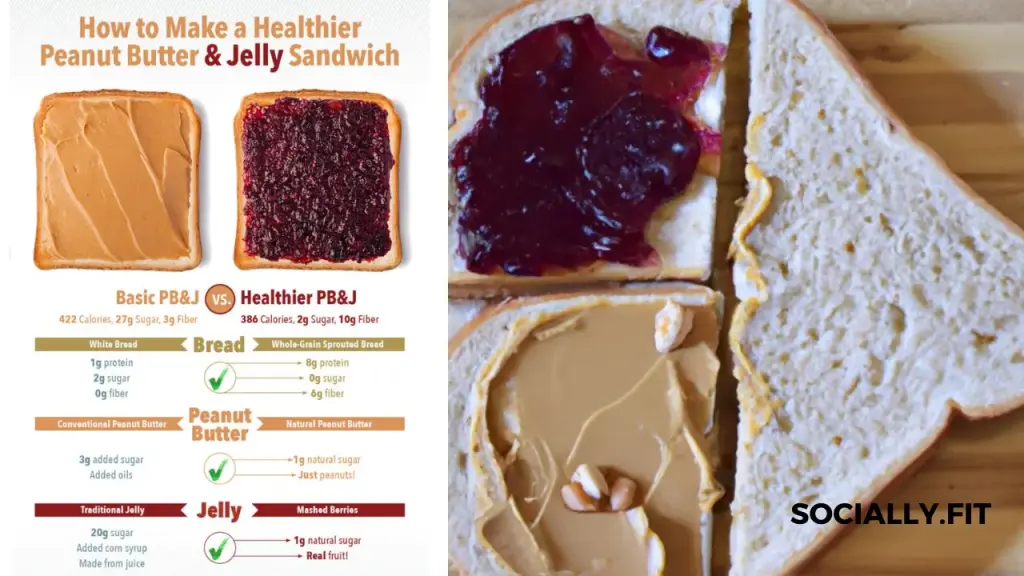
| Nutrient | Peanut Butter (per 2 tbsp) | Jelly (per 1 tbsp) |
|---|---|---|
| Calories | 190 | 50 |
| Total Fat (g) | 16 | 0 |
| – Saturated Fat (g) | 3.5 | 0 |
| – Trans Fat (g) | 0 | 0 |
| Cholesterol (mg) | 0 | 0 |
| Sodium (mg) | 140 | 0 |
| Total Carbohydrates (g) | 7 | 13 |
| – Dietary Fiber (g) | 2 | 0 |
| – Sugars (g) | 3 | 12 |
| Protein (g) | 7 | 0 |
| Vitamin E (mg) | 2.4 | 0 |
| Niacin (mg) | 4.2 | 0 |
| Magnesium (mg) | 49 | 0 |
| Potassium (mg) | 188 | 5 |
These values are approximate and may vary depending on the brand and type of peanut butter and jelly used. It’s important to check nutrition labels for specific nutritional information.
Are Peanut Butter and Jelly Sandwiches Healthy
Health Benefits of Peanut Butter and Jelly Sandwiches

- Protein Source: Peanut butter is a rich source of protein, providing essential amino acids necessary for muscle repair and growth. Including protein in your diet can help maintain muscle mass and support overall health.
- Healthy Fats: Peanut butter contains heart-healthy fats, including monounsaturated and polyunsaturated fats, which can help lower bad cholesterol levels and reduce the risk of heart disease when consumed as part of a balanced diet.
- Energy Boost: Peanut butter and jelly sandwiches provide a quick and convenient source of energy, making them an ideal option for a pre-workout snack or a mid-day pick-me-up.
- Nutrient Density: Despite its creamy texture and rich flavor, peanut butter is packed with essential nutrients such as vitamin E, niacin, magnesium, and potassium, which contribute to overall health and well-being.
- Satiety: The combination of protein and healthy fats in peanut butter helps promote feelings of fullness and satiety, making it a satisfying and satisfying meal or snack option that can help curb cravings and prevent overeating.
- Fiber Content: While peanut butter itself is not a significant source of fiber, pairing it with whole grain bread and fruit jelly can increase the sandwich’s fiber content, promoting digestive health and regulating blood sugar levels.
- Convenience: Peanut butter and jelly sandwiches are easy to prepare and transport, making them a convenient option for busy individuals and families on the go.
Are Peanut Butter and Jelly Sandwiches Healthy
Comparison between Peanut butter and Jelly sandwiches
| Comparison Topic | Peanut Butter | Jelly | Overall Sandwich |
|---|---|---|---|
| Nutritional Content | Rich in protein, healthy fats, and nutrients | Primarily sugars, lacks significant nutrients | Combination of protein, fats, sugars, and carbohydrates |
| Health Benefits | Provides essential nutrients, supports muscle growth and repair | Offers quick energy, but lacks nutritional value | Balance of nutrients, but may vary depending on ingredients |
| Potential Drawbacks | High calorie and fat content if consumed in excess | High sugar content, potential for tooth decay | Combination of high calorie and sugar content |
| Nutrient Density | Provides essential nutrients like vitamin E, niacin, and magnesium | Lacks significant vitamins and minerals | Varies depending on ingredients and portion sizes |
| Impact on Blood Sugar Levels | Moderately impacts blood sugar levels due to protein and fat content | Significantly impacts blood sugar levels due to sugar content | Can cause spikes in blood sugar levels if not balanced |
| Dietary Restrictions | May be unsuitable for individuals with nut allergies | Generally suitable for most dietary restrictions | Consideration needed for allergies and dietary preferences |
| Portion Control | Can be calorie-dense, requiring moderation | Portion size must be monitored to avoid excessive sugar intake | Portion control is important for overall calorie and sugar intake |
| Convenience | Convenient and versatile for meals and snacks | Convenient and easily spreadable | Easy to prepare and transport for on-the-go consumption |
| Nutritional Modifications | Options available for natural or reduced-fat varieties | Options available for reduced-sugar or fruit-sweetened varieties | Modifications can improve overall nutritional profile |
Potential Drawbacks
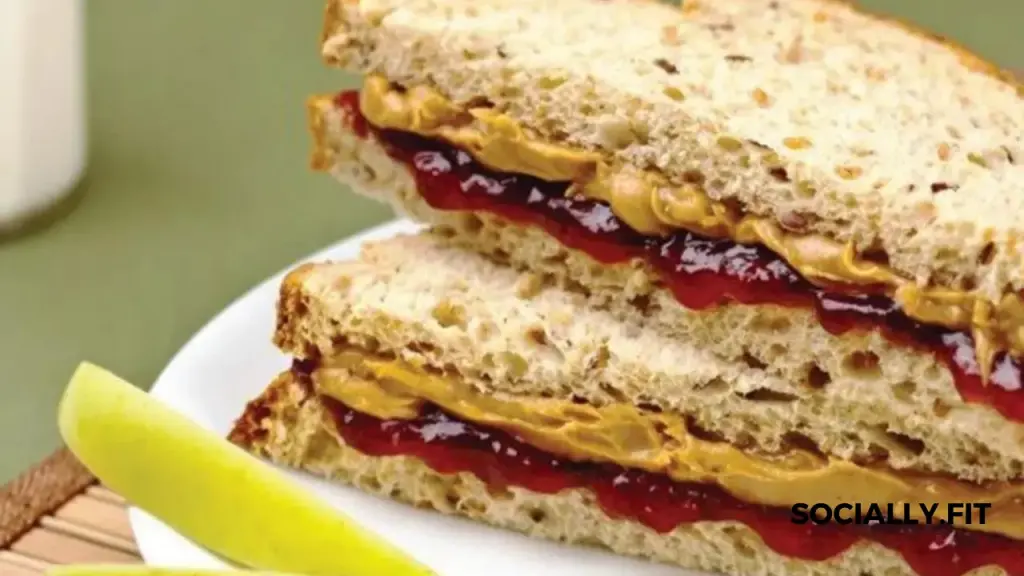
- High Calorie Content: Peanut butter and jelly sandwiches can be calorie-dense, especially if made with generous portions of peanut butter and jelly, which may contribute to weight gain if consumed in excess.
- High Sugar Content: Jelly, a key component of PB&J sandwiches, is often high in sugar, which can lead to spikes in blood sugar levels and increase the risk of developing conditions like obesity, diabetes, and heart disease.
- Lack of Nutrient Variety: While peanut butter provides some essential nutrients, such as protein and healthy fats, the overall nutritional profile of PB&J sandwiches may be limited, particularly in terms of vitamins, minerals, and antioxidants.
- Potential for Allergies: Peanut butter is a common allergen, and individuals with peanut allergies must avoid consuming it to prevent severe allergic reactions. Cross-contamination is also a concern, especially when preparing sandwiches in shared kitchen spaces.
- Risk of Added Ingredients: Some commercial peanut butter and jelly products may contain added ingredients like sugar, salt, hydrogenated oils, and preservatives, which can detract from the sandwich’s healthiness and contribute to adverse health effects when consumed regularly.
- Impact on Dental Health: The sticky texture of peanut butter and the high sugar content of jelly can adhere to teeth and promote tooth decay and cavities, especially if proper oral hygiene practices are not followed.
Are Peanut Butter and Jelly Sandwiches Healthy
Healthy Alternatives and Modifications
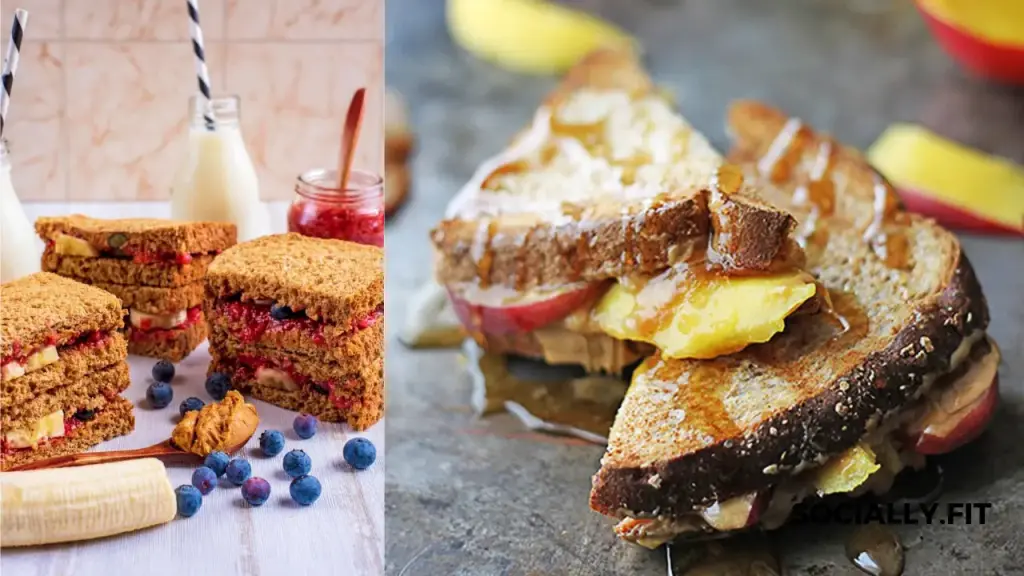
Certainly! Here’s a table format with short descriptions of 10 healthy alternatives and modifications for peanut butter and jelly sandwiches:
| Alternative/Modification | Description |
|---|---|
| Whole Grain Bread | Swap out white bread for whole grain bread to increase fiber content and improve overall nutrition. |
| Natural Peanut Butter | Choose natural peanut butter without added sugars or hydrogenated oils for a healthier option. |
| Reduced-Sugar Jelly | Opt for jelly or fruit spread with reduced sugar content to lower overall sugar intake. |
| Fresh Fruit | Add sliced fruits like bananas, strawberries, or apple slices to increase nutrient variety and flavor. |
| Nut Butter Alternatives | Explore alternatives like almond butter, cashew butter, or sunflower seed butter for variety and nutrition. |
| Greek Yogurt Spread | Use Greek yogurt as a spread instead of jelly for a protein-packed, creamy alternative. |
| Honey or Maple Syrup | Swap out jelly for natural sweeteners like honey or maple syrup for added flavor and nutrients. |
| Veggie Additions | Incorporate veggies like cucumber or carrot slices for added crunch, fiber, and nutrients. |
| Flaxseed or Chia Seeds | Sprinkle flaxseed or chia seeds on top of peanut butter for extra fiber, omega-3 fatty acids, and texture. |
| Open-Faced Sandwich | Enjoy a single slice of bread topped with peanut butter, jelly, and fruit for a lighter option. |
Incorporating PB&J into a Balanced Diet.
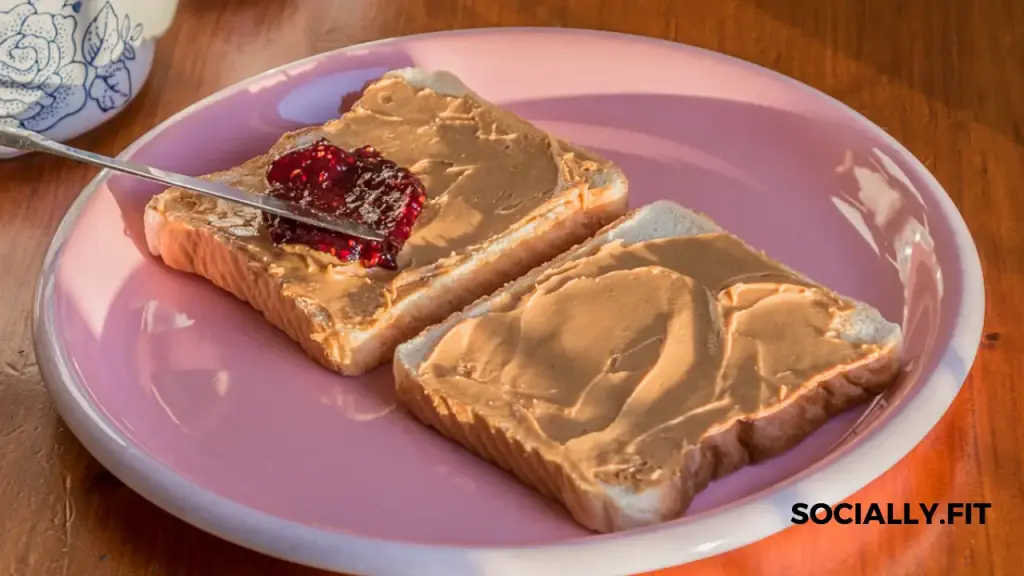
- Pair with Fresh Fruit: Enjoy your PB&J sandwich with a side of fresh fruit, such as apple slices, berries, or a banana, to add fiber, vitamins, and minerals to your meal.
- Add Vegetables: Include vegetables like carrot sticks, celery, or cucumber slices alongside your sandwich to boost nutrient intake and add crunch and freshness.
- Choose Whole Grain Bread: Opt for whole grain bread instead of white bread to increase fiber content and promote satiety, helping you feel full and satisfied for longer.
- Include Lean Protein: Pair your PB&J sandwich with a source of lean protein, such as grilled chicken, turkey, or tofu, to balance out the meal and enhance muscle repair and growth.
- Incorporate Healthy Fats: Add avocado slices or a drizzle of olive oil to your sandwich to increase the healthy fat content, which supports heart health and nutrient absorption.
- Balance with Vegetarian Options: If you’re vegetarian or vegan, incorporate plant-based protein sources like beans, lentils, or chickpeas into your meal to ensure a balanced and satisfying diet.
- Portion Control: Practice portion control by enjoying a single serving of PB&J sandwich and pairing it with other nutritious foods like a salad or soup to create a well-rounded meal.
- Hydrate with Water: Drink plenty of water with your PB&J sandwich to stay hydrated and support digestion, as water helps transport nutrients throughout the body.
Are Peanut Butter and Jelly Sandwiches Healthy
Expert Opinions

- Nutritionist’s Perspective: According to nutritionist Dr. Emily Smith, RD, “Peanut butter and jelly sandwiches can be a nutritious option when made with whole grain bread, natural peanut butter, and fruit spread with no added sugars. They provide a balance of protein, healthy fats, and carbohydrates, making them a satisfying and convenient meal or snack. However, it’s important to be mindful of portion sizes and choose high-quality ingredients to maximize the nutritional benefits.”
- Dietitian’s Viewpoint: Registered dietitian Sarah Johnson, MS, RDN, suggests, “For individuals with dietary restrictions or allergies, peanut butter and jelly sandwiches can still be part of a balanced diet by making simple swaps. Those with gluten sensitivities can opt for gluten-free bread, while individuals with nut allergies can substitute peanut butter with alternative spreads like sunflower seed butter or tahini. It’s all about finding what works best for your individual needs and preferences.”
- Chef’s Opinion: Chef James Anderson, culinary expert and cookbook author, adds, “From a culinary perspective, peanut butter and jelly sandwiches offer endless opportunities for creativity and flavor combinations. Experiment with different bread types, nut butters, and fruit spreads to create unique and delicious variations. Adding ingredients like sliced bananas, honey, or even bacon can elevate the classic sandwich and make it a gourmet treat.”
Recipes and Variations
| Recipe/Variation | Description |
|---|---|
| Classic PB&J Sandwich | Spread peanut butter and jelly between two slices of bread for the timeless favorite that’s quick and satisfying. |
| PB&J Smoothie | Blend peanut butter, frozen berries, banana, Greek yogurt, and a splash of milk for a creamy and nutritious smoothie. |
| Grilled PB&J Sandwich | Grill your PB&J sandwich on a panini press or skillet for a warm and gooey twist on the classic. |
| PB&J Oatmeal | Stir peanut butter and jelly into your morning oatmeal for a hearty and flavorful breakfast option. |
| PB&J Stuffed French Toast | Fill French toast slices with peanut butter and jelly, then cook until golden brown for a decadent brunch treat. |
| PB&J Energy Bites | Combine rolled oats, peanut butter, jelly, and honey, then roll into bite-sized balls for a nutritious snack on the go. |
| PB&J Yogurt Parfait | Layer Greek yogurt, granola, peanut butter, and jelly in a glass for a delicious and protein-packed parfait. |
| PB&J Banana Sushi Rolls | Spread peanut butter and jelly on a tortilla, add a banana, then roll up and slice into bite-sized sushi rolls. |
| PB&J Breakfast Bars | Mix oats, peanut butter, jelly, and nuts, then bake into bars for a convenient and portable breakfast option. |
| PB&J Pancakes | Swirl peanut butter and jelly into pancake batter before cooking for a sweet and indulgent breakfast treat. |
Conclusion

In conclusion, the debate surrounding the healthiness of peanut butter and jelly sandwiches reveals a nuanced picture. While peanut butter provides essential nutrients like protein, healthy fats, and vitamins, jelly primarily contributes sugars with limited nutritional value. The overall healthiness of the sandwich depends on factors such as ingredient choices, portion control, and dietary preferences.
To enjoy peanut butter and jelly sandwiches as part of a balanced diet, it’s important to opt for whole grain bread, natural peanut butter, and reduced-sugar jelly. Portion control is key to managing calorie and sugar intake, while incorporating fresh fruits and vegetables can enhance nutrient density and flavor. By making mindful choices and considering individual dietary needs, peanut butter and jelly sandwiches can be enjoyed as a satisfying and nutritious meal or snack option.








